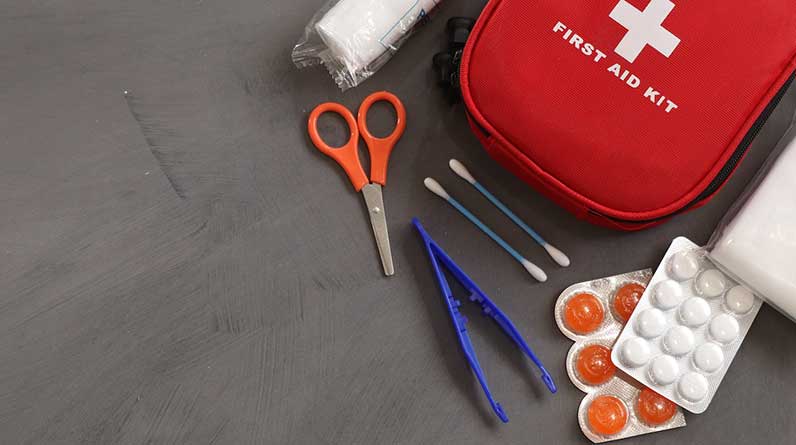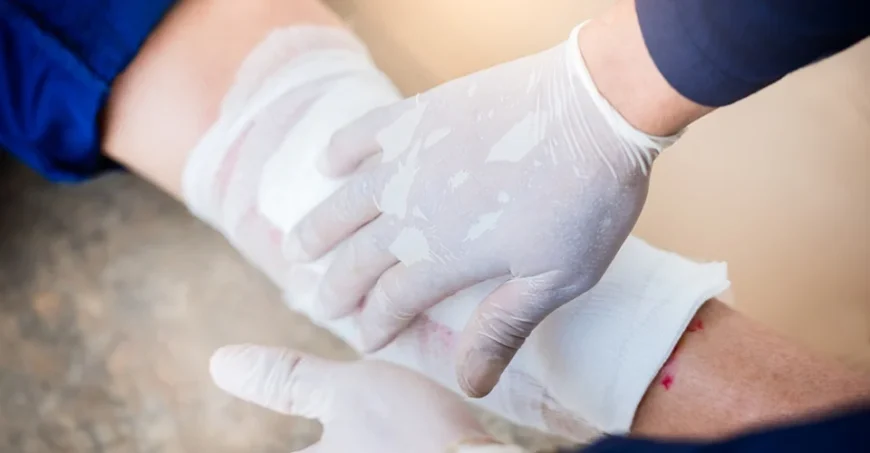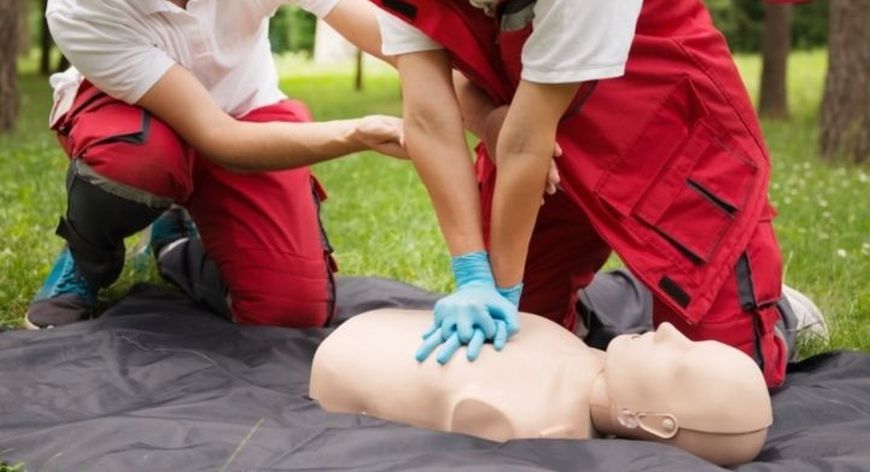Every person should consider learning first aid. Beyond its potential application in everyday life, the knowledge and skills acquired through first aid training can make an extraordinary difference in critical moments. Life is unpredictable, and the ability to administer immediate care during an emergency can literally save a life. First aid certification also lends official recognition of this essential skillset, boosting your personal credentials and adding value to community organizations, workplaces, and more. This guide aims to provide a comprehensive exploration into the world of initial aid, delving into its importance, the skills involved, and the pathway towards earning a valuable certification.
Understanding First Aid

At its core, first aid involves the initial care provided to someone experiencing a sudden illness or injury. Its principal objectives are to preserve life, prevent the condition from worsening, and promote recovery. It’s a crucial bridge of medical assistance during the crucial moments before professional medical help arrives. In life-threatening emergencies, a well-executed first aid response can mean the difference between life and death, or between temporary and permanent disability. A fast and efficient response can also accelerate recovery in less critical situations. Understanding these key principles is the initial step towards mastering first aid and making a profound impact during emergency situations.
Training Options
Today’s technological advancements and educational platforms offer various avenues to acquire first aid training. Traditional in-person classes deliver hands-on experience and direct interaction with certified trainers, providing a highly practical and engaging learning environment. On the other hand, online courses, with their flexibility and self-paced nature, cater to those who might be balancing busy schedules. Community workshops are another excellent option that often blend in-person and online methods to provide comprehensive training. Each of these methods has its pros and cons, and the choice largely depends on personal learning preferences and availability. However, a combination of different training avenues tends to produce the most confident and capable first aiders. Also, you can visit website we recommend and get one of the best professional trainings out there.
Essential First Aid Skills

Effective first aid revolves around a core set of skills. These include the ability to recognize and assess common injuries and medical emergencies, the correct use of first aid equipment and supplies, and the demonstration of effective communication and leadership during emergencies. Rapid identification of an issue is the starting point for delivering effective help. Each situation demands a unique response, whether it’s applying a simple band-aid to a minor cut or initiating complex CPR procedures for cardiac arrest. Beyond this, first aid situations often incite panic among bystanders. Here, the ability to assume a calm, collected leadership role helps ensure the casualty receives the necessary help as promptly as possible.
CPR and AED Training
CPR (Cardiopulmonary Resuscitation) and AED (Automated External Defibrillator) training represent vital components of first aid education. During cardiac emergencies—when the heart stops or beats irregularly—CPR and AED can save lives. CPR involves delivering chest compressions and rescue breaths to keep blood and oxygen circulating until the heart can be restarted. AED, on the other hand, provides a potentially life-saving electric shock to the heart to restore a normal rhythm. These are delicate, high-stakes procedures that require careful training and practice. Real-world scenarios and examples used in training reinforce the gravity of these skills and enable first aiders to respond effectively when needed.
Choking Management
Choking, characterized by the blocking of the airway, is a frightening emergency that demands immediate action. Knowing how to respond efficiently is critical. Techniques vary depending on whether the victim is conscious or unconscious and their age group. For conscious adults and children, the Heimlich maneuver or back blows can dislodge the obstruction, while chest thrusts may be more appropriate for infants due to their fragile anatomy. Unconscious victims, however, require a different approach, potentially involving CPR. Understanding and being able to implement these techniques could mean the difference between life and death.
Wound Care and Bleeding Control

Wound care and bleeding control are fundamental aspects of first aid. Understanding the different types of wounds—whether they’re abrasions, lacerations, punctures, or avulsions—and their severity is critical to deciding the appropriate care. Proper wound cleaning and dressing can prevent infections and promote faster healing. In the case of severe bleeding, immediate and effective management is necessary to prevent shock or even death. A tourniquet, while not always required, can be a valuable tool in these extreme cases. Understanding when and how to use it correctly is vital.
Treating Fractures and Sprains
Fractures and sprains are common injuries that first aiders should be equipped to handle. Recognizing the signs and symptoms of these injuries, such as swelling, pain, and deformity, is crucial for appropriate treatment. Initial care often involves immobilizing and stabilizing the affected limb to prevent further injury. The application of a splint or sling can be beneficial here. However, it’s essential to know when the injury surpasses its scope and requires advanced medical intervention. Having the ability to make that call is an important part of being an effective first aider.
Dealing with Medical Emergencies
Medical emergencies like heart attacks, strokes, and seizures demand immediate first aid response. Understanding the signs and symptoms of these conditions, such as chest pain, difficulty speaking, and uncontrolled muscle movements, respectively, can enable rapid identification and aid. Initial first aid can mitigate the impact of these emergencies, but the real-life-saving factor is the prompt activation of professional medical help. The value of calling emergency services in a timely manner cannot be overstressed in these situations.
Environmental Injuries and First Aid
Environmental injuries and illnesses, such as those related to extreme heat or cold, have unique first aid requirements. Heatstroke and heat exhaustion, for example, need immediate cooling measures, while hypothermia and frostbite require gradual warming. Understanding how to correctly respond to these emergencies can prevent serious complications or death. Prevention strategies are equally important. For instance, staying hydrated in hot weather and dressing appropriately for cold conditions can help avoid these emergencies in the first place.
First Aid for Specific Age Groups

The correct approach to first aid can vary greatly based on the patient’s age. Infants, children, adults, and the elderly have unique needs and vulnerabilities. Infants might require gentler care and smaller equipment, while elderly individuals may have complex health conditions that can complicate treatment. Effective first aiders are able to adapt their techniques and approach based on the age and condition of the victim, ensuring the most suitable and effective care is provided.
Preparing for Certification
Obtaining a first aid certification involves fulfilling course requirements and passing an examination. This exam tests both theoretical knowledge and practical skills, so thorough preparation is key to success. Regular practice of first aid skills and consistent review of course material can boost confidence and readiness for the exam. However, learning first aid is an ongoing process. To maintain certification and stay updated with the latest best practices, regular recertification and continuous learning are essential.




